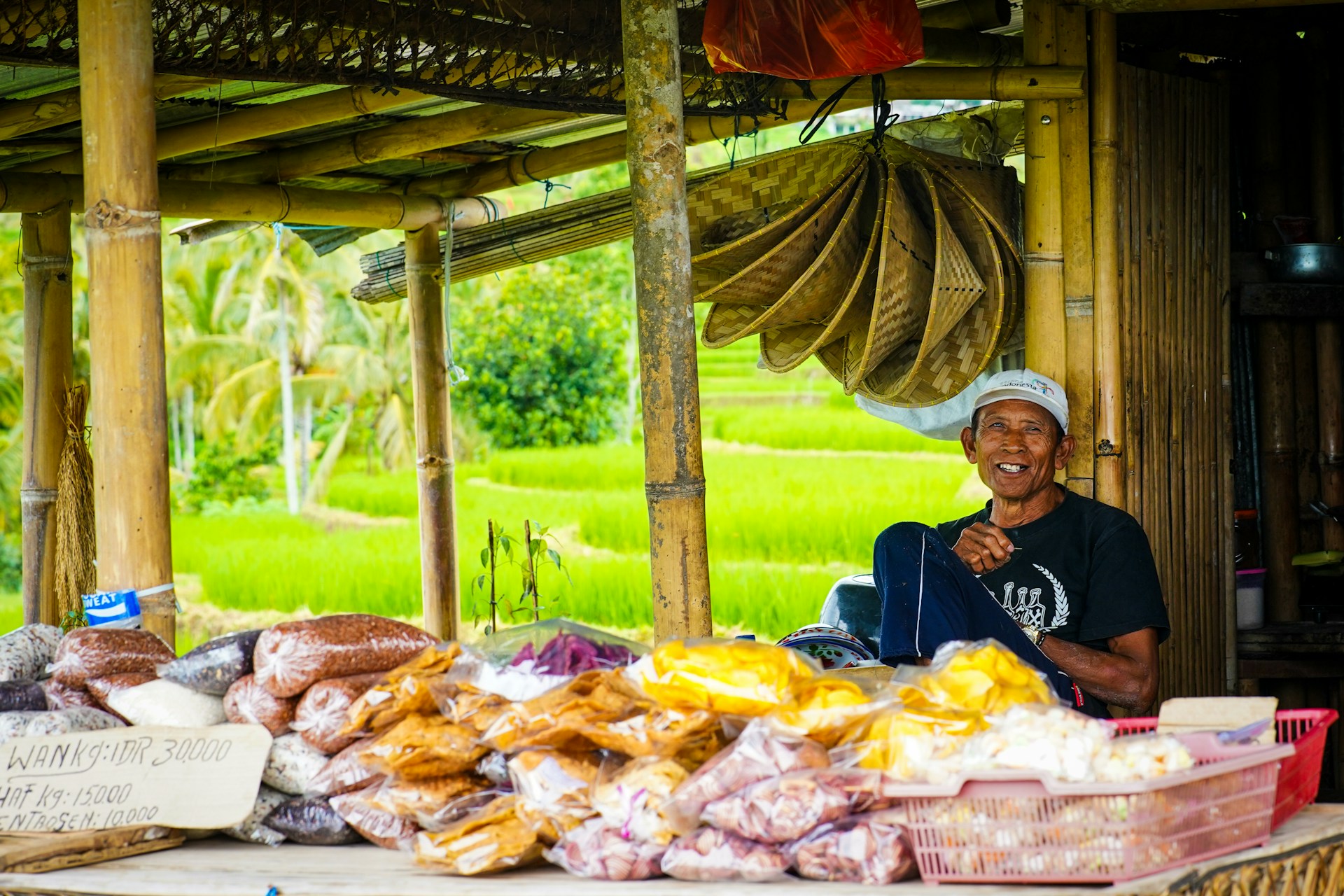COVID a Drag on Asian Development
COVID-19 has left a trail of devastation around the world. Since its beginning in 2020, it has spread to every corner of the world. As of 19 October 2022, there have been 623,000,396 confirmed cases of COVID-19, including 6,550,033 deaths globally, reported by WHO.
These deaths and fatalities are what is recorded, there are scores more that are unrecorded. Millions of people wiped off from the face of the planet since 2020. Countries in Asia with the highest recorded number of deaths due to COVID-19 is India with 528,923 people and Indonesia with 158,361 people. Meanwhile, deaths due to COVID-19 in China lingers at around 27,511 people.
Along with health crises, the pandemic also unleashed disruptions in the global supply chain, which eventually had a cascading effect on food prices. Developments both in terms of socioeconomic and the economy in general came to a standstill, with grave uncertainty hanging on certain debt-ridden economies.
Every form of development and international support ceased with severe unavailability of daily necessities, turning the clock backwards on development done for the UN SDGs. The target of realizing sustainable global development looks skewed.
The situation looks debilitated in Asia, particularly in developing economies such as Cambodia, Laos and Myanmar. Asian megacities and clusters now lie vacant and uncertain of what the future holds for them. How to redevelop these business clusters? Do digital fronts offer an equivalent development potential? Or would more international co-operation yield much needed growth? These are the questions that forms the crux of one of the themes being discussed in the upcoming Horasis Asia Meeting, being held between 20 to 21 November in Kitakyushu, Japan. The event will host 400 of the foremost business and political leaders from across Asia and the world, as they discuss ways to revitalize Asia’s economy in building a resilient post-COVID Asia.
Source of Livelihoods
China boasts of more than 100 industrial clusters ranging from electronic goods industries to biomedical industries. These industrial clusters provide multi-varied advantages to both industries and buyers. Industries dealing in similar products are clustered together in one area, providing them an advantage in obtaining raw materials, parts, cheap and specialized labor and logistics. Meanwhile, for buyers these clusters provide them with a benefit of obtaining quality goods at competitive prices.
These clusters also are a substantial revenue generator for governments and local communities. Amid the pandemic, this source of revenue and livelihood generator was substantially disrupted. A December 2020 press release from the International Labour Organization, stated some 81 million job losses and an estimated unemployment rate increase of 5.7% in the region.
“COVID-19 has inflicted a hammer-blow on the region’s labor markets, one that few governments in the region stood ready to handle. Low levels of social security coverage and limited institutional capacity in many countries have made it difficult to help enterprises and workers back on their feet, a situation compounded when large numbers remain in the informal economy. These pre-crisis weaknesses have left far too many exposed to the pain of economic insecurity when the pandemic hit and inflicted its toll on working hours and jobs,” said Ms Chihoko Asada Miyakawa, ILO Assistant Director General and Regional Director for Asia and the Pacific.
Redevelop Clusters
The economic setback inflicted by the pandemic has not deterred Asia. Asian governments have come in full force in ensuring the complete eradication of COVID-19 and ensuring a robust recovery. The pandemic has certainly shifted the focus of governments towards ensuring better health for its population. Healthcare will account for the bulk of increases in government social spending by 2030 in Singapore.
“If our current healthcare spending, excluding COVID-19-related expenditure, continues to increase at a similar rate over the coming decade, we will spend about $27 billion or around 3.5 per cent of GDP (gross domestic product) by 2030,” said Finance Minister Lawrence Wong in his 2022 Budget speech.
To help industries out of the fray, countries in Asia brought about several stimulus packages. Malaysia introduced a 15% discount on monthly electricity bills for companies in the hospitality, retail and events sector. Meanwhile, Indonesia deferred import taxes, relaxing rules on VAT refunds, and 30% reduction in corporate taxes for companies operating in 19 manufacturing sectors.
Amid the pandemic, one thing became certain that industries have a lot to benefit from digitalization. The semiconductor shortage was a wake-up call for automotive industries. Now many are exploring ways to equip industrial robots in factories, while using predictive modelling software to predict need of parts and products for manufacturing of cars.
IoT technologies are being used in inventory management to predict shortage of products and purchase of the same from list of suppliers. These technologies will certainly equip industries in Asia for future crises.
Asia is still in a nascent stage when it comes to deploying emerging technologies in industries. It will need international co-operation in the form of knowledge sharing with its Western counterparts. Investments in research & development of use of emerging technologies in factory floors and inventory and warehouse management will certainly bear fruits for the Asian economy.
The Horasis Asia Meeting follows on the heels of the Horasis India Meeting, held between 25-26 September 2022 in Vietnam. The India Meeting was attended by 400 leaders from both the business and government diaspora. To learn more about the event, click here.
Photo Caption: Amid the pandemic, one thing became certain that industries have a lot to benefit from digitalization.




